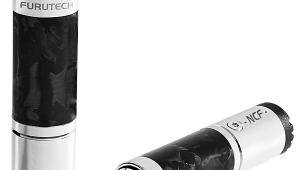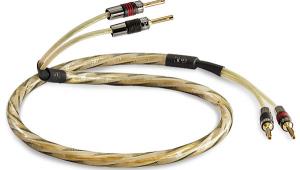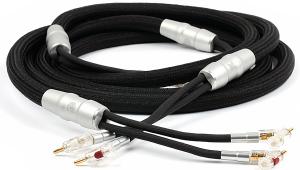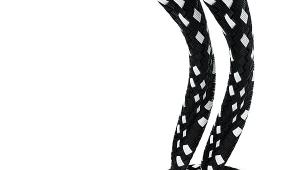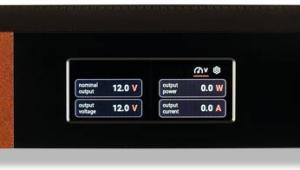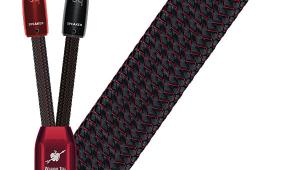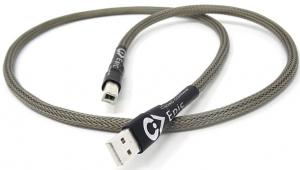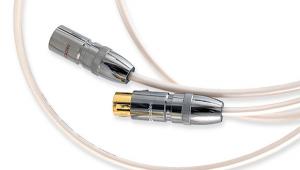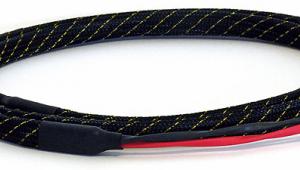English Electric EE1 Network Filter

 Audiophiles are assaulted by a fog of noise, and not just from the Internet. Chord aims to remove the hash from our wired Ethernet.
Audiophiles are assaulted by a fog of noise, and not just from the Internet. Chord aims to remove the hash from our wired Ethernet.
Filters, particularly AC mains filters and regenerators, have long been an audiophile staple but the genre has expanded in recent years to accommodate our embrace of digital and streaming audio in particular. With 'high speed' digital transmission comes the prospect of a sea of extraneous noise and interference, from both outside and inside the 'system loop', that washes though our equipment. Jitter in the digital domain and RF-related IM and other distortions are the least of what we understand as the audible consequences of this entirely unwanted hash.
English Electric, the 'hardware' arm of The Chord Company, is not alone in producing a simple, passive in-line barrier to this noise, but while there's an equal amount of noise on the Internet about these devices, the EE1 is the 'real deal'.
Inside the black alloy case is an Ethernet transformer with independent galvanic isolation for all its differential signal lines. This selectively removes noise propagating in common mode while allowing the data, transmitted in differential mode, to pass. It's tuned to maintain the differential trace impedance of 100ohm and offer a very low insertion loss of around 0.2dB. The filter boasts a CMRR (common mode rejection ratio) at RF of –50dB/2MHz falling to around –15dB/200MHz.
English Electric is also employing an EMI filter network, using surface mount chip resistors and capacitors, on the centre taps of the transformer primaries. The capacitors are rated at 2kV to exceed the input/output isolation of around 1.5kV. At lower frequencies (up to ~400kHz), the EE1 should be able to suppress common mode noise by up to 15dB and in differential mode by about 10dB.
That's the inside story, anyway – now I'll hand over to Andrew in the listening room.
Andrew Assembles
Auditioning the EE1 presented its own problems as I had to unthink the niceties of my current set-up, which uses extensive optical isolation, and go back to basics in order to create a benchmark against which to gauge this device's impact. That involved a choice of set-ups: one with a simple NAS store and my Naim network player connected to an eight-port switch fed by my Virgin cable modem, and the other with a Melco music library interposed between the switch and a USB DAC.
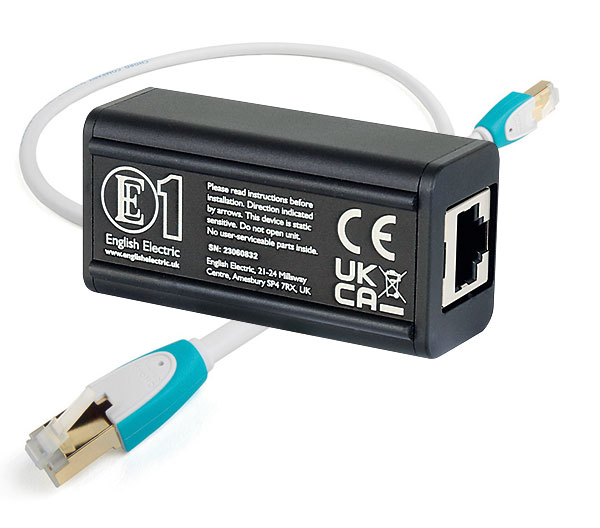
I also experimented with a very affordable network system, in the form of the WiiM Amp, a £299 all-in-one streaming solution with inbuilt 60W-rated amplifier.
Now, all of these set-ups already have some degree of filtering and noise reduction built-in, so the EE1 was not doing all the heavy lifting in isolation. Indeed, wherever in the data chain I used the EE1 device, the improvements were at best marginal, typically hard to repeat, and by no means consistent across the various test scenarios.
That said, there were recordings where I perceived gains in resolution, presumably due to the reduction of RFI impacting on performance elsewhere in the system. With Sol Gabetta's Mendelssohn set [Sony Classical 19439934002], the addition of the EE1 brought a little more bite to the sound of the cello, and opened up the recorded acoustic in a slightly more persuasive fashion. Similarly with Union Station's classic New Favorite album [Rounder Records; SACD 11661-0495-6], Alison Krauss's vocals stood out a little more against the accompanying country-infused strings.
Fringe Benefits
In general it was atmospheric recordings, from intimate jazz to 'big acoustic' classical and choral, that benefited the most, gaining a greater sense of space and air, but this was more a mild increase in the 'rightness' of the sound rather than anything tangible or remarkable. The only conclusion to be drawn, then, is that the EE1 might be the last bit of finessing from which your system will benefit, rather than a universal catch-all, and is thus an add-on to be auditioned long and hard in your own 'network environment' before purchase.
Hi-Fi News Verdict
Summing up the EE1 is tricky: yes, it's worth a try, especially if you have a simple network set-up and this is your only means of optimisation, but be aware that there are less expensive rivals with the same aim. It's also worth remembering that some network audio players may well have advanced noise-busting strategies built-in, which may well further marginalise the effect of adding the EE1. Find a friendly dealer and ask for a home demo...
Price £250
